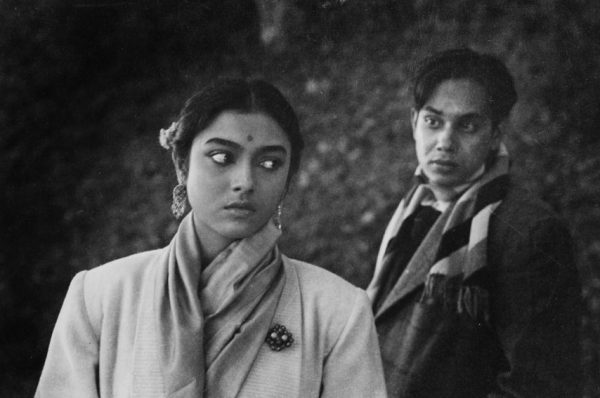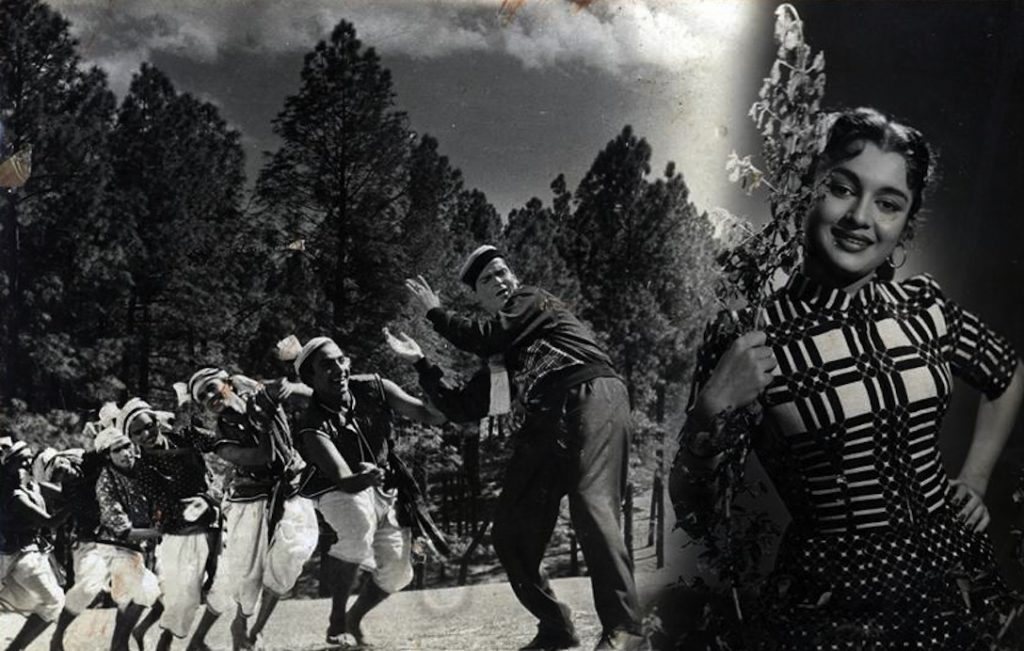At first thought, it’s inconceivable to even think of a connection between Shammi Kapoor and Asha Parekh with Satyajit Ray and more so, connecting the Dil Deke Dekho (1959) and Teesri Manzil (1966) lead pair specifically with his film, Kanchenjungha (1962).
When Ray was shooting Kanchenjungha in Darjeeling, Shammi Kapoor too was there, filming one of his most popular films, Professor (1962), under the direction of Lekh Tandon, who was making his directorial debut. Making his first film in color and armed with five aerial maps he had made himself studying weather patterns in Darjeeling, Ray had managed to shoot his film smoothly, be it in rain, fog or sunshine even as Professor often found itself stuck waiting for the fog to clear. However, one crisis that Ray could not avert was running out of raw stock. According to Ray’s son, Sandip, the master approached Shammi Kapoor for help. Kapoor immediately spoke to Tandon and saw to it that Ray got the raw stock he needed, even as he finished filming Kanchenjungha in twenty odd days. In an interview given to the Hindu in 2011, Tandon recalled, “We compensated our lack of the same after it arrived for Ray’s film from Kolkata. Ray was deeply touched by Shammi Kapoor’s genuine gesture.”
If Shammi Kapoor was able to help Ray out, Asha Parekh, much to her disappointment, could not. Ray had approached her to play a role in Kanchenjungha. According to Parekh in Khalid Mohammed’s book on her, Asha Parekh: The Hit Girl, Ray saw her photo in a photo studio while strolling along the Darjeeling Mall. He asked the shopkeeper who was the girl and once he returned to Calcutta, called her up to meet her as he was making a small visit to Bombay. Excited beyond belief, Parekh actually asked him, “Are you the Mr. Satyajit Ray?” To which he laughingly answered, “Yes, I am Satyajit Ray, see you soon.” According to Parekh, there was no follow up from Ray for weeks following the phone call and she forgot all about it. Then one evening she suddenly got a call from him out of the blue. He was in Bombay just for a day and he wondered if they could meet. Parekh says that though she was in the midst of a shoot, she manage to excuse herself early. She recalled, “Through the one-hour-long drive I was trembling like a leaf.”
Parekh met Ray in the lobby of a hotel in Central Bombay. He had earmarked her for the role of Monisha, a young woman from a wealthy family in Calcutta, whose father (Chhabi Biswas) wants her to marry the man of his choice. However, Ray needed a month’s dates at a stretch, which Parekh, having signed a flurry of Bollywood films, was unable to give. Parekh remembers she tried hiding her tears when she realized she couldn’t do the film. A photographer clicked the director-actress together and later on Ray sent her an enlarged autographed copy of the photography by post. In the book, Parekh wistfully mentions, “The photograph is precious, it is a reminder of the fact that I could have been part of the wonderful ensemble cast including Chhabi Biswas, Karuna Bannerjee and Anil Chatterjee.”
Parekh’s loss turned out to be Alaknanda Roy’s gain. Roy was then just 18 and studying Literature at Calcutta’s Presidency College when she got the opportunity of a lifetime. It is a fine performance in a great film.



